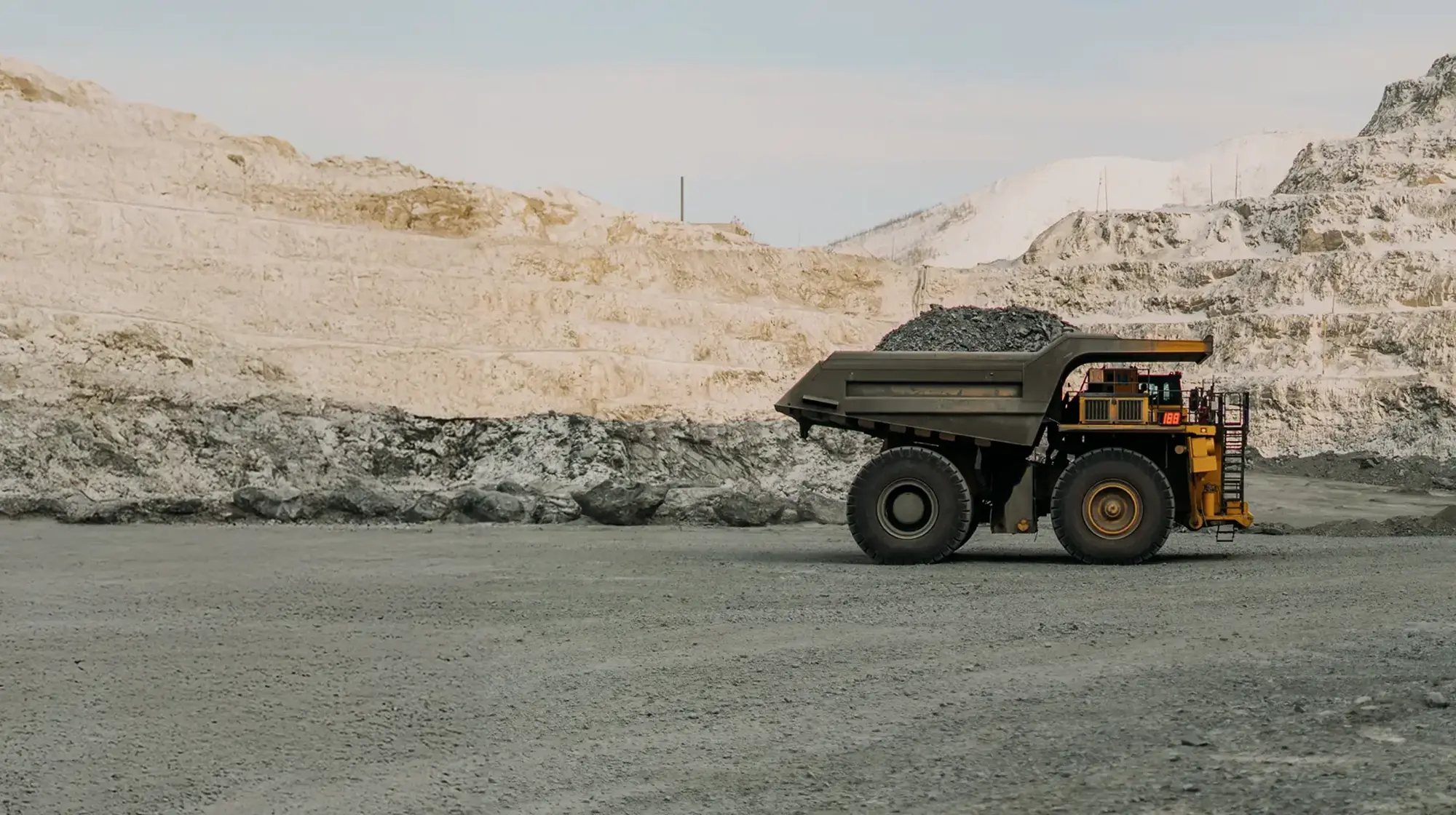Reports related to this article:
Project(s): View 1 related project in PECWeb
Plant(s): View 1 related plant in PECWeb
Released February 12, 2013 | JOHANNESBURG
en
Written by Richard Finlayson, Senior International Editor for Industrial Info Resources (Sugar Land, Texas)--As foreign companies invest in expanded capacity, Zambia's copper output should rise from 800,000 tons in 2013 to 1.5 million tons in 2017.
The Chamber of Mines of Zambia reports that output is expected to reach 1.5 million tons over the next five years. Among the new projects to be brought online are the expansion of the Lumwana copper mine; First Quantum's (TSX:FM) (Vancouver, British Columbia) $2 billion Trident Greenfield project; China Nonferrous Mining Corporation's (HKX:1258) (Beijing, China) $832 million project; and the Lubamba project, which is jointly owned by Vale S.A. (NYSE:VALE) (Rio de Janeiro, Brazil), African Rainbow Minerals (OTC:AFRBY) (Sandton, South Africa) and state-owned ZCCM Investment Holdings (Lusaka).
The country's central bank said that "industrial harmony" returned after a turbulent start to 2012. Copper output dropped to 421,280 tons in the first half of 2012 from 463,236 tons in the first half of 2011, according to The Africa Report.
Industry analysts forecast production slowing to about 820,000 tons in 2012 due to declining prices and a slowdown in China. Mining companies said that unrest, in the aftermath of the election victory of President Michael Sata and the populist Patriotic Front in September 2011, depressed output.
Striking miners at Glencore's (LSE:GLE.L) (Baar, Switzerland) Mopani mine, First Quantum's Kansanshi mine and Vedanta's Konkola copper mines all won pay rises in 2012. Foreign mining firms are planning to invest another $3 billion in the sector in the next three years. The government doubled the rate of copper-related royalties to 6% in their 2012 budget, but many operators still maintain their generous development agreements secured at the time of their first investment.
Copper's contribution to the overall tax income is minimal. To boost revenue collection, the government announced that from 2013, the capital expenditure deduction rate will be reduced to 25% from 100%, and this will apply only from the year the capital asset is brought into use.
Mining executives warn that even small changes in the sector's tax incentives will negatively affect the performance of the expansion of the mining sector investments.
The country's Deputy Finance Minister said, "The focus now is to boost the capacity of the government institutions led by the Ministry of Mines, so that we ensure total compliance of mining companies to existing legislation."
Industrial Info Resources (IIR), with global headquarters in Sugar Land, Texas, and eight offices outside of North America, is the leading provider of global market intelligence specializing in the industrial process, heavy manufacturing and energy markets. Industrial Info's quality-assurance philosophy, the Living Forward Reporting Principle, provides up-to-the-minute intelligence on what's happening now, while constantly keeping track of future opportunities.
The Chamber of Mines of Zambia reports that output is expected to reach 1.5 million tons over the next five years. Among the new projects to be brought online are the expansion of the Lumwana copper mine; First Quantum's (TSX:FM) (Vancouver, British Columbia) $2 billion Trident Greenfield project; China Nonferrous Mining Corporation's (HKX:1258) (Beijing, China) $832 million project; and the Lubamba project, which is jointly owned by Vale S.A. (NYSE:VALE) (Rio de Janeiro, Brazil), African Rainbow Minerals (OTC:AFRBY) (Sandton, South Africa) and state-owned ZCCM Investment Holdings (Lusaka).
The country's central bank said that "industrial harmony" returned after a turbulent start to 2012. Copper output dropped to 421,280 tons in the first half of 2012 from 463,236 tons in the first half of 2011, according to The Africa Report.
Industry analysts forecast production slowing to about 820,000 tons in 2012 due to declining prices and a slowdown in China. Mining companies said that unrest, in the aftermath of the election victory of President Michael Sata and the populist Patriotic Front in September 2011, depressed output.
Striking miners at Glencore's (LSE:GLE.L) (Baar, Switzerland) Mopani mine, First Quantum's Kansanshi mine and Vedanta's Konkola copper mines all won pay rises in 2012. Foreign mining firms are planning to invest another $3 billion in the sector in the next three years. The government doubled the rate of copper-related royalties to 6% in their 2012 budget, but many operators still maintain their generous development agreements secured at the time of their first investment.
Copper's contribution to the overall tax income is minimal. To boost revenue collection, the government announced that from 2013, the capital expenditure deduction rate will be reduced to 25% from 100%, and this will apply only from the year the capital asset is brought into use.
Mining executives warn that even small changes in the sector's tax incentives will negatively affect the performance of the expansion of the mining sector investments.
The country's Deputy Finance Minister said, "The focus now is to boost the capacity of the government institutions led by the Ministry of Mines, so that we ensure total compliance of mining companies to existing legislation."
Industrial Info Resources (IIR), with global headquarters in Sugar Land, Texas, and eight offices outside of North America, is the leading provider of global market intelligence specializing in the industrial process, heavy manufacturing and energy markets. Industrial Info's quality-assurance philosophy, the Living Forward Reporting Principle, provides up-to-the-minute intelligence on what's happening now, while constantly keeping track of future opportunities.


